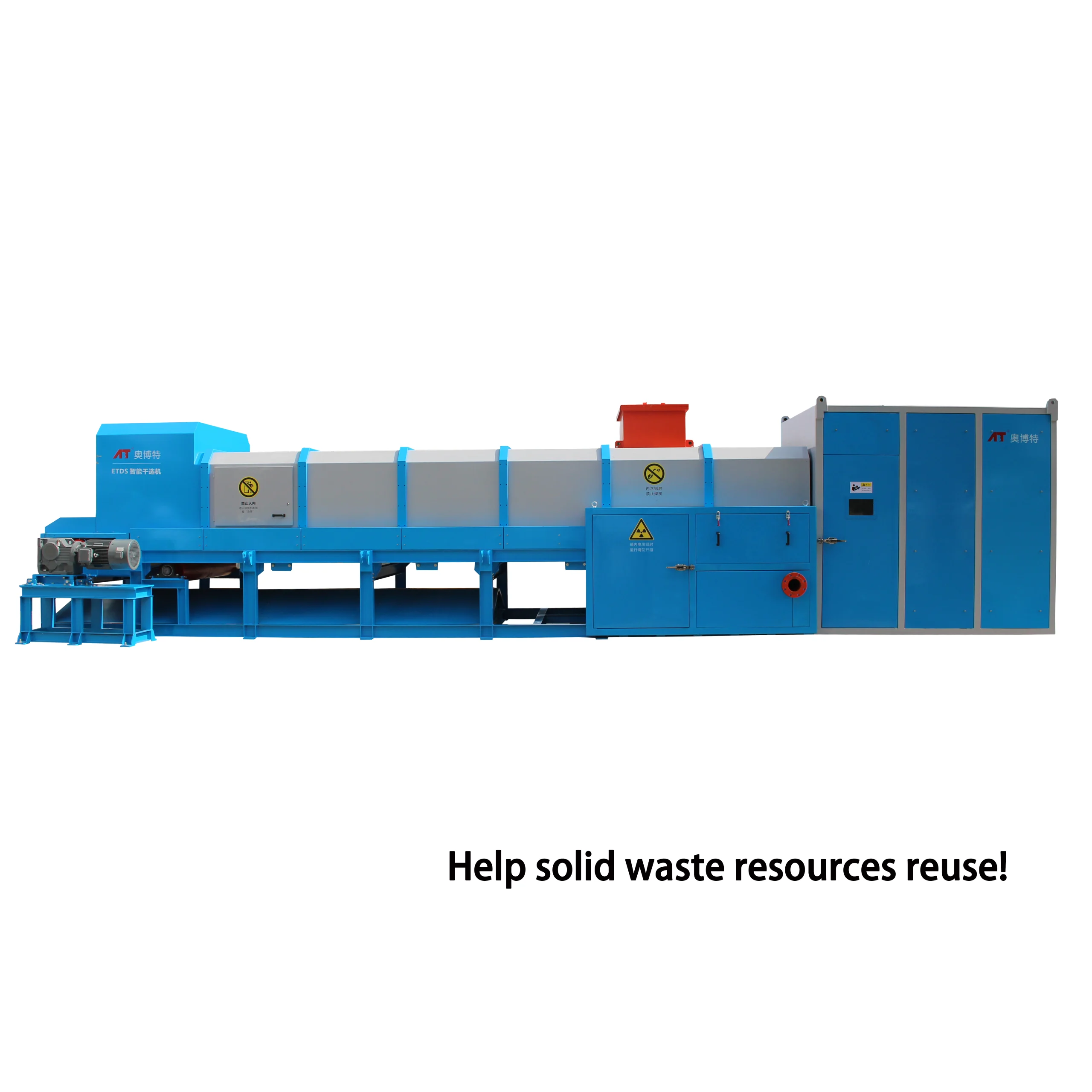Intelligent Dry Sorters: A Ultimate Weapon for Smooth Workflows

In the constantly changing landscape of mining and mineral processing, the quest for effectiveness and precision has given rise to revolutionary technologies. One such innovation that is changing the manner we handle ore sorting is the smart dry sorter. These sophisticated machines are not just a trend; they represent a substantial leap forward in optimizing operations and reducing waste. With the capability to precisely classify materials without needing the requirement for liquid or other liquids, intelligent dry sorters are emerging as an integral component of modern mining.
At the core of this technology is the highly efficient ore sorting equipment that harnesses advanced algorithms and artificial intelligence. This smart mining dry sorter not only enhances the precision of material separation but also boosts the overall efficiency of mining operations. As companies work hard to meet growing demand for minerals while minimizing their environmental footprint, the implementation of these innovative sorting machines is proving to be a game changer in achieving streamlined operations.
The Technique Supporting Intelligent Non-water Sorters
Advanced non-water separators use sophisticated technologies to improve the efficiency of ore sorting operations. These systems are built to handle materials bypassing the use of water, making them a environmentally friendly choice for mining operations. By using high-resolution sensors and sophisticated algorithms, advanced dry sorting systems can precisely distinguish between valuable minerals and waste material. This capability significantly boosts the yield of targeted ores while reducing the environmental footprint associated with traditional sorting processes.
The core technology in smart dry sorters involves the integration of machine intelligence and machine education. These systems continuously learn and modify to variations in material composition, allowing for immediate modifications in sorting criteria. This flexibility ensures that the equipment maintains optimal performance levels even as the properties of the incoming materials change. As a result, operators can reach reliably accurate sorting outcomes and reduce disruption.
Additionally, the hardware of these very efficient ore sorting equipment encompasses a combination of cutting-edge imaging technologies and pneumatic or mechanical separation methods. High-speed cameras and lasers examine the materials as they move through the sorter, detecting specific characteristics of the ores. Once the sorting criteria are set, the intelligent dry sorters can rapidly discard waste materials from the flow, thus optimizing the overall operation and improving productivity in mining contexts.
Benefits of Using Intelligent Mining Dry Sorters
Intelligent mining dry sorters offer significant advancements in operational productivity effectiveness, which is vital in today's competitive mining industry. These machines utilize sophisticated algorithms and sensors to accurately identify and separate important minerals from waste material, minimizing the amount of lower-grade ore processed. This high level of precision reduces the costs associated with managing and transporting waste materials, thereby enhancing the financial performance of mining operations.
Another, main benefit is the cutback of water usage in mining processes. Conventional methods often require substantial water to separate minerals, creating both economically and sustainably burdensome. Intelligent dry sorting technology operates without water, making it an eco-friendly alternative that helps companies achieve sustainability goals while maintaining efficiency. As a result, mining operations can greatly decrease their environmental impact while complying with regulations.

Finally, the implementation of mining dry sorters can lead to better asset management and decreased energy consumption. By optimizing the sorting process, these machines ensure that only the most valuable material is processed further, thereby decreasing energy waste. This improvement not only lowers operational costs but also prolongs the life of mining equipment due to decreased wear and tear, resulting in a more sustainable strategic approach for mining companies.
Analysis in Ore Sorting
In a new analysis, a natural resource company based in Australia utilized an advanced dry sorting machine in their workflow. The adoption of this state-of-the-art ore sorting machine transformed their processing capability, enabling them to sort ores with greater precision and speed. As a result, the company saw a three-tenths reduction in costs of operation while significantly increasing the grade of the extracted ore. This success highlighted the efficiency of automated mining dry sorters in optimizing resource recovery.
Another compelling story comes from a European mineral processing facility that faced difficulties with classic sorting approaches. After switching to an automated dry sorting system, they achieved significant improvements in material management efficiency. The machine's advanced algorithms facilitated it to differentiate between valuable minerals and waste materials, increasing the overall yield by twenty-five percent. This example exemplifies how implementing innovative technologies can lead to major gains in output and financial gain in the mining sector.
Lastly, a massive copper mining operation in the southern continent showcased the potential of automated dry sorters in difficult environments. By applying smart sorting solutions, they enhanced their capacity to function and reduced the environmental effects of mining activities. The adoption of intelligent sorting not only improved their gross margins but also allowed for better adherence with environmental regulations, creating a model for environmental responsibility in the industry. https://writeablog.net/islandtire39/reimagining-productivity-the-future-of-intelligent-mechanical-sortation-systems underscores the transformative potential of smart dry sorting technology in driving both financial and ecological benefits.
